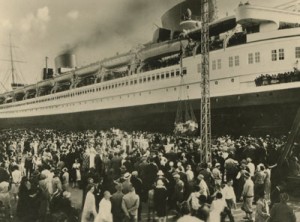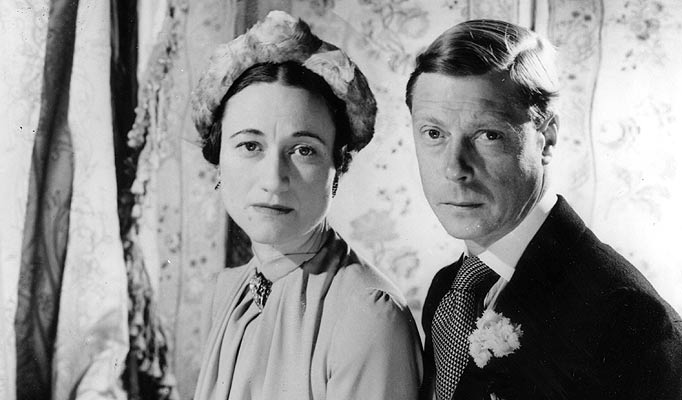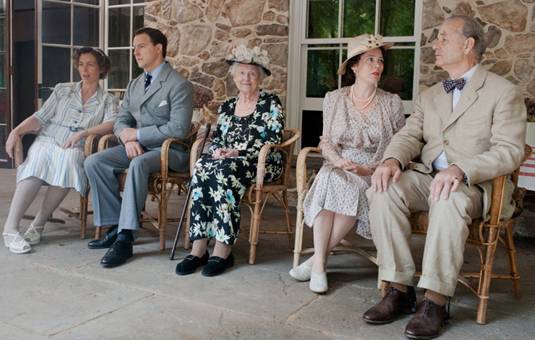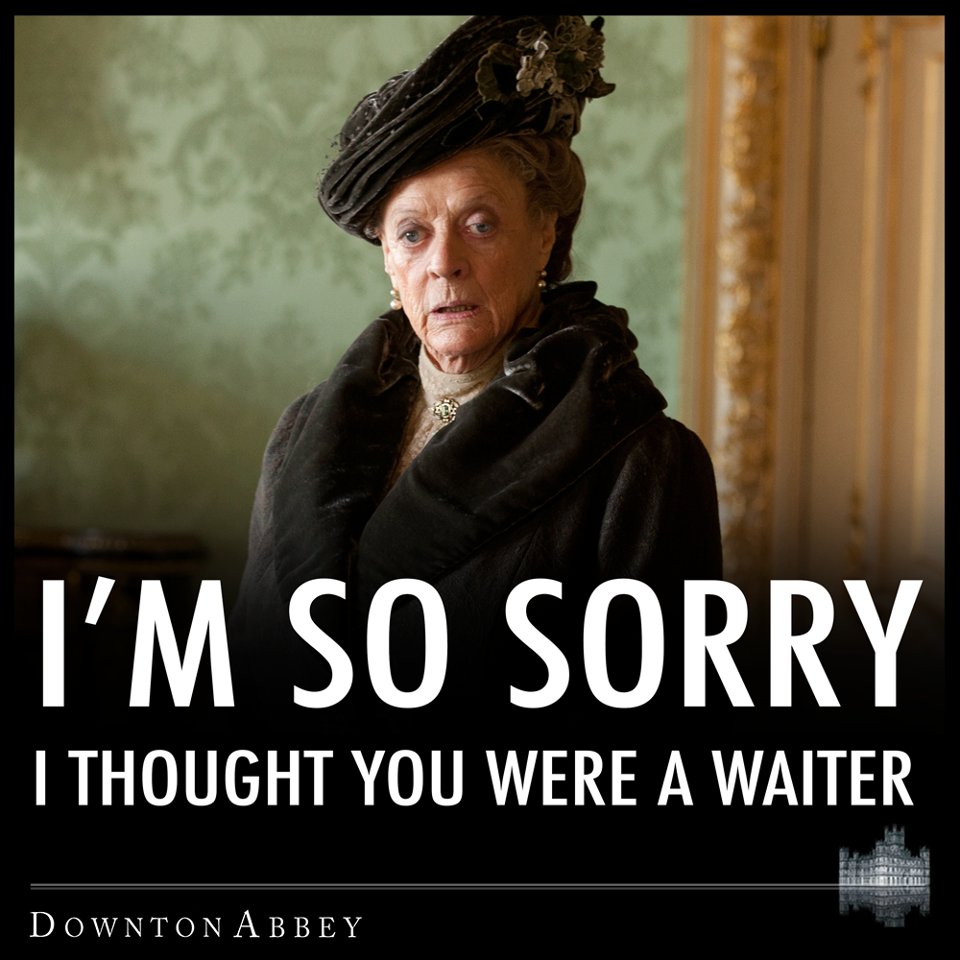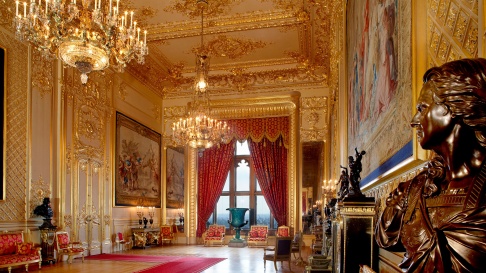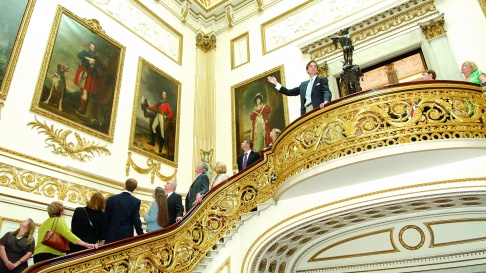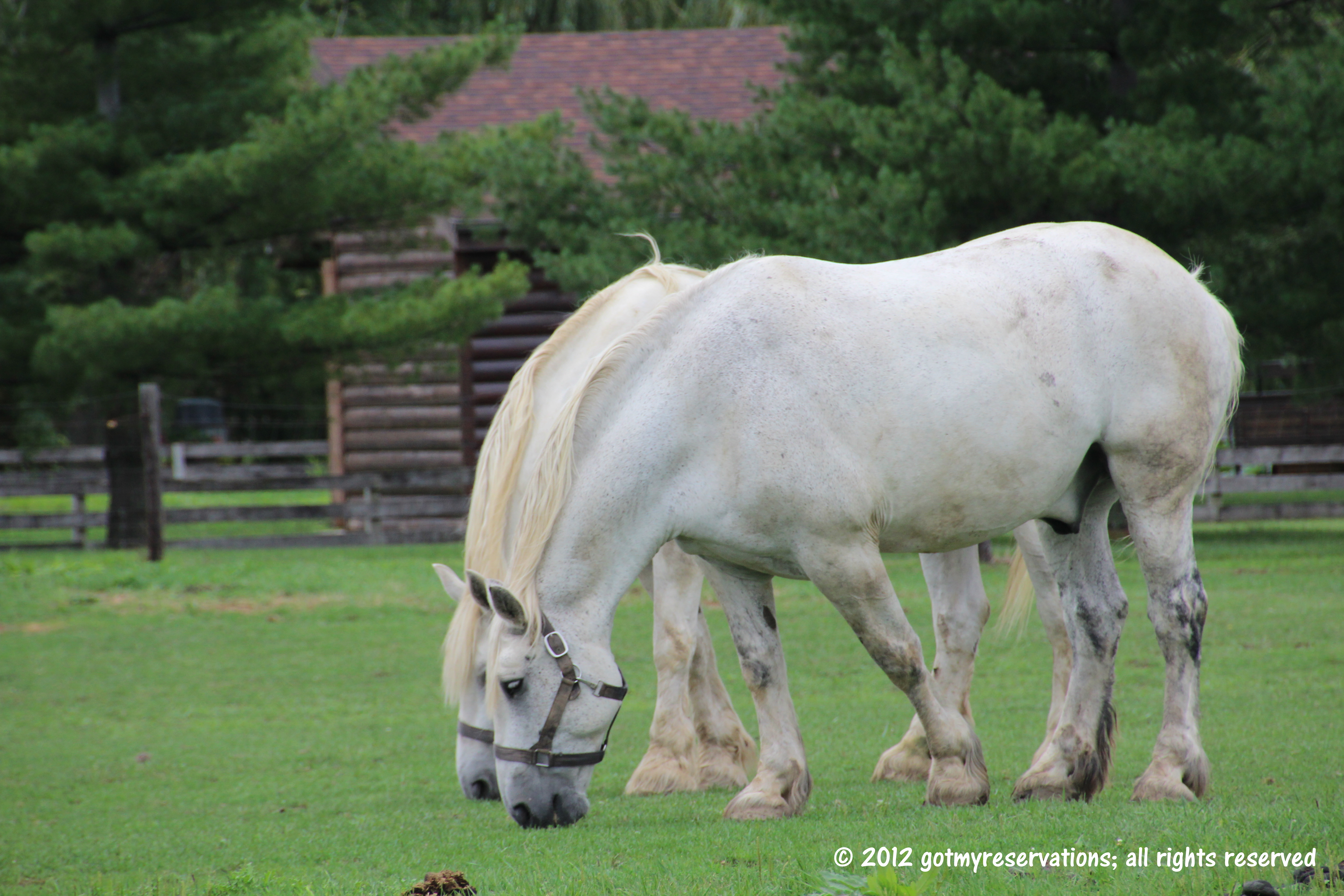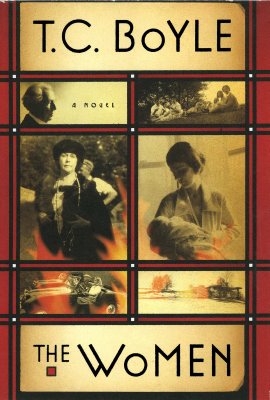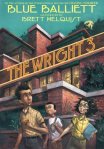German food may be the original comfort food.
When you think of what warms you up on a cold winter night, do you think of tacos? Or chow mein? Probably not. Do you think of a thick, savory soup filled with chunks of meat, potatoes, and veggies? I do.
When the Germans immigrated to the fledgling United States, one food item that came with them was potatoes, which were introduced in Germany in the 18th century and have become an important staple of German cuisine.
“In general, Germans emigrated to find adventure and greater prosperity. However, Germany, particularly, Bavaria, was hit by the potato famine in the mid 1800s. Some German immigrants sought political and religious freedom. In 1848 there were Germans fleeing political problems in Germany.
Although the Potato Famine in Ireland is much better known in America there was a similar problem in the Lowland countries and in Germany. In the mid 1840s a great parallel stream of immigrants from Ireland and Germany arrived on America’s shores. Bavaria, which had become very dependent on the potato, was at particularly hard hit with the failure of the potato crop. Whole villages from Bavaria, most of them traveled by carts to La Havre, Amsterdam, Hamburg, or Bremen, set sail for America. Most left from Le Havre” (maggieblanck.com).
Today’s recipe is an Americanized and lightened-up version of Kartoffelsuppe, German potato soup. Made with fat-free ingredients and lean ham, this hearty soup will fit the bill on a chilly winter evening whether you’re of German heritage or not. I’d like to think that my German ancestors, who left Germany in 1849 to build a new life in Cincinnati, would have approved of my version of German comfort food.
I used this blogger's recipe as a base for my chowder, lightening it up even further. I also added ingredients from the basic German potato soup found here.
Ingredients
- Extra-virgin olive oil ( I use garlic-infused olive oil for just about everything I cook)
- 8 oz. ham, cubed (can also use bacon)
- 1 cup chopped onion
- 1 teaspoon chopped fresh thyme
- 5 garlic cloves, chopped
- 2 medium Carrots (yellow carrots if available), diced
- 1 stalk of celery, diced
- 1 leek, chopped
- 1 pound cubed peeled baking potatoes
- 1 pound cubed Yukon gold potatoes
- 5 cups unsalted chicken stock
- 1 teaspoon kosher salt
- 1 bay leaf
- 1 cauliflower, cut into florets
- Freshly ground black pepper
- 1 1/2 cups skim milk
- 3/4 cup chopped green onions
- 1/2 cup fat-free sour cream
- 2 ounces grated sharp cheddar cheese (about 1/2 cup)
Instructions
Heat a large Dutch oven over medium-high heat.
Brown cubes of ham; set aside.
Add 1 1/2 teaspoons oil to pan; swirl to coat.
Add onion, thyme, and garlic; sauté 5 minutes or until tender, stirring occasionally.
Add carrots, celery, leek, potatoes, stock, 1/2 teaspoon salt, and bay leaf; bring to a boil.
Cover, reduce heat, and simmer 35 minutes or until potatoes are very tender, stirring occasionally. Remove from heat; discard bay leaf.
While potatoes simmer, combine remaining 1 tablespoon oil, cauliflower, 1/4 teaspoon salt, and 1/4 teaspoon pepper on a baking sheet coated with cooking spray or lined with parchment paper; toss to coat.
Roast at 400° for 30 minutes or until browned, turning once.
Place cauliflower mixture and milk in a blender.
Remove center piece of blender lid (to allow steam to escape); secure blender lid on blender. Place a clean towel over opening (to avoid splatters) and blend until smooth.
Pour cauliflower mixture into a large bowl.
Add half of potato mixture to blender; pulse 5 to 6 times or until coarsely chopped.
Pour into bowl with cauliflower mixture.
Repeat with remaining potato mixture.
Place cauliflower-potato mixture in Dutch oven over medium heat.
Stir in remaining 1/4 teaspoon salt, remaining 1/2 teaspoon pepper, diced ham, 1/2 cup green onions, and sour cream; stir until sour cream melts.
Ladle soup into 8 bowls.
Top evenly with remaining green onions and grated cheese.
https://gotmyreservations.com/2013/01/21/on-the-menu-monday-ham-and-potato-chowder/Why not take your German heritage one step further and return to your homeland?
Visit the ruins of Heidelberg Castle or take a romantic cruise on the Rhine.
Great German food is only a plane ride away — or maybe as close as your city’s German rathskeller!
Linking up this week at Foodie Friday at Rattlebridge Farm

